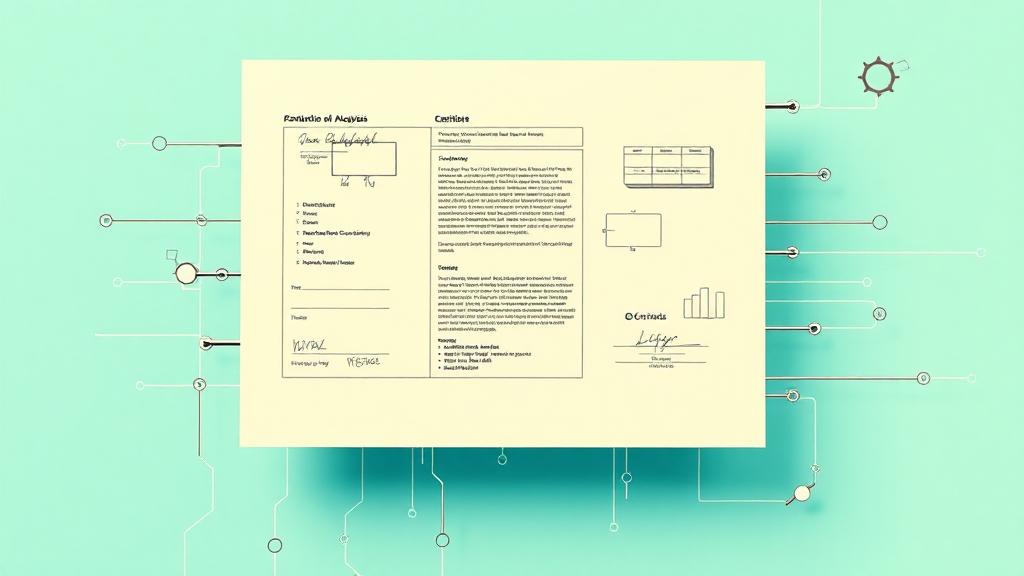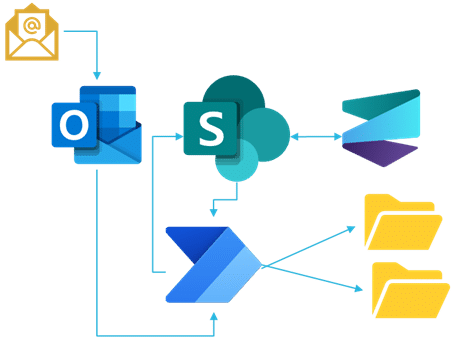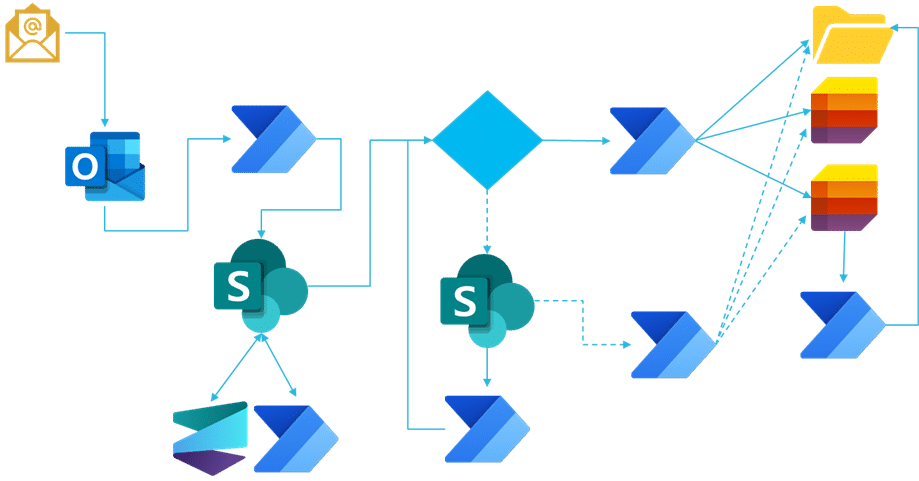Microsoft SharePoint Premium provides AI-assisted document content processing and management, reducing manual work.

SharePoint Premium comprises a range of intelligent data management tools. Also known as Microsoft Syntex, document processing is one of the powerful features of SharePoint Premium.
It leverages artificial intelligence models and optical character reading (OCR) for classifying documents and extracting information from them.
Content processing is necessary, for example, when you want to classify and redirect incoming emails containing invitations to tender various services to respective business units.
Example 1: RFQ classifier

Renovation and renovation planning services are carried out in two different business units within the company. You want to receive all RFQs at a single email address, even though bids are prepared in different business units. This is where Microsoft Syntex Document Unstructured Processing can help by identifying categorizing information called explanations in an email message, such as phrases, regular expressions (regex), and structures.
To support this scenario, Syntex needs to redirect email to SharePoint for categorization and move classified email to the right folders using Power Automate flows.
The benefit of using an RFQ classifier like this, is that it reduces the amount of human work and the time it takes to respond to RFQs.
Example 2: Batch analysis automation

In addition to classification, Microsoft Syntex is also able to extract identified information from documents. The same unstructured processing of documents can be used for extraction. In practice, information in document content can be treated as entities and extracted into columns of a SharePoint document library where the AI model is applied.
In this example, batch analyses from various suppliers of raw materials of a food manufacturing company are subjected to extraction of the products, order numbers, batch identifiers, and product quantity. Each supplier’s batch analysis certificate is a little different from the others.
The strength of Syntex’s AI-based identification lies in its ability to identify and extract information from documents that differ in structure and format, where the format of the extracted content, such as the presentation of dates, can also be varied. To purify and process the extracted information into a useful and unified format, this process requires additional Power Automate flows.
E.g. the Document Unstructured Processor classifies the document as a batch analysis and, among other information, extracts the best before date from it in the format “12/31/2024”, “31.12.2024”, “12/2024” or “2024-12”. Then, with the Power Automate flow, the data can be “cleaned” to “2024-12-31”, regardless of the original presentation. The principle is familiar from business intelligence reporting solutions, where improving data quality often plays a significant role.
Batch analyses are an important part of the transparency and safety measures of the food industry. Their automatic processing eliminates the need for manual data extraction and entry into an ERP system.
Other models of document processing
In some cases, Freeform or Structured document processing can be used for data extraction instead or in addition to unstructured processing
The freeform document processing of a file finds extractable entities in the text contents of documents. It works well with only slightly differing documents, when there is no need to extract entities from the documents, but only to classify them.
Structured document processing by Microsoft Syntex on the other hand, is essentially form recognition. It can be effectively used for data extraction when all the documents being processed are identical in format.
Henry Scheinin
Leading consultant, Partner
Read more about artificial intelligence:
- Using artificial intelligence in business
- Know your competitive advantage
- Ensure data security before rolling out Copilot
- SharePoint Premium: intelligent information management for vanguard organizations
- Microsoft Planner with premium features and Copilot
- Boost productivity with AI
- Building custom AI assistants with Copilot Studio








